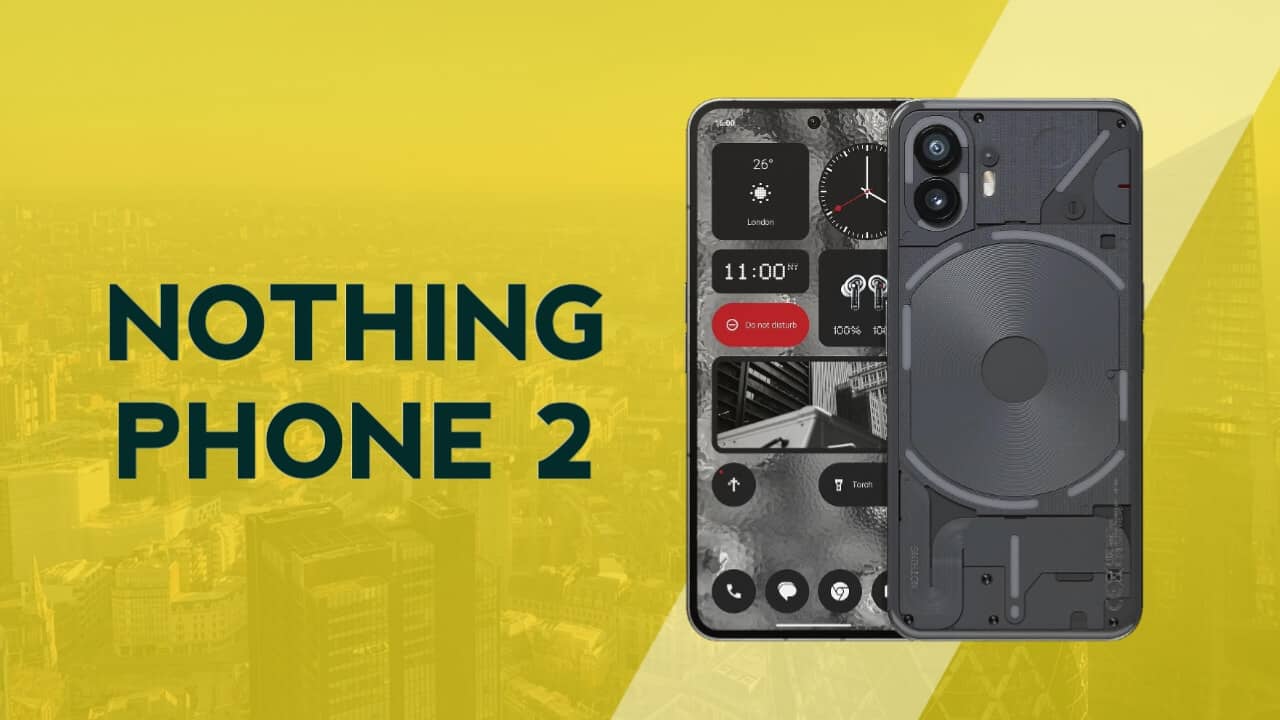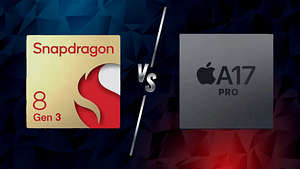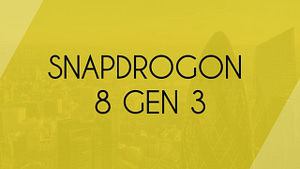Nothing Phone 2 Reviews After 6 Months:
It’s been half a year since the Nothing Phone 2 hit the market with massive hype surrounding its unique transparent design and glyph interface. I’ve been testing out the device extensively over the past 6 months here’s my comprehensive long-term review on whether the Nothing Phone 2 still holds up or if the hype has faded.
Pros:
- Unique transparent and glyph design
- Vibrant 120Hz OLED display
- Great performance for the price
- Reliable battery life
- Excellent portraits and selfie camera
Cons:
- Night photography lags behind Pixel
- Weather app form over function
- No 1440p display option
- Mediocre stabilization without Action Mode
- Support and returns process needs polish

Overview and Specs
The Nothing Phone 2 sports a slick aesthetic unlike any other phone with its transparent glass back and customizable glyph lights on the rear. Initial reactions were overwhelmingly positive – but does the phone still impress after prolonged use? Let’s go through the key specs first:
- Qualcomm Snapdragon 8 Plus Gen 1 chip
- 6.7” 120Hz 1080p flexible OLED display
- Dual 50MP rear cameras + 16MP selfie camera
- 4700mAh battery with fast charging
- Nothing OS (Android 13)
- 6/8/12GB RAM variants
- 128/256GB storage options
Design and Ergonomics
Without a doubt, the standout aspect of the Nothing Phone 2 is its transparent design and customizable glyph interface on the back. The glyph lights can display charging status, notifications, incoming calls, and even a makeshift flashlight via the glyph torch.

Over the past 6 months, I’ve found the glyph interface to be far more than just a gimmick. The essential glyph in particular has been extremely useful for displaying important notifications when the screen is facing down. This allows me to avoid constantly picking up my phone.
The phone itself features smooth rounded aluminum edges and ridged power/volume buttons on each side. At just 20 grams, it’s an exceptionally lightweight phone that remains comfortable to hold even after prolonged usage. The pre-installed clear phone case fits seamlessly without adding much bulk.
My only complaint would be the case’s tendency to attract fingerprints. The glass back itself hardly shows smudges, so I occasionally remove the case when I want to show off the transparent design sans fingerprints.
Display
The Nothing Phone 2 is equipped with a vibrant 6.7” 1080p flexible OLED 120Hz display. Over months of usage spanning games, videos, browsing and more – I’ve been thoroughly impressed with the quality.
Viewing angles are excellent and colors really pop without seeming oversaturated. The default temperature trends slightly cool, but can be adjusted to warmer in settings. High refresh rate makes system animations and scrolling silky smooth.
My only minor critique would be lack of 1440p resolution found in flagship Samsung/iPhone displays, but at this price point 1080p is quite reasonable. Overall, day-to-day use remains sharp and immersive.
Performance and Battery
With a Snapdragon 8 Plus Gen 1 and up to 12GB RAM, performance has been reliably speedy across the board whether gaming, hopping between apps, editing photos or most other intensive tasks. The phone never slowed down even after installing over 60 apps and giant game files.
The Nothing Phone 2 tackled Call of Duty Mobile, Genshin Impact and more graphics-heavy titles without breaking a sweat or exhibiting noticeable lag/frame drops even after prolonged play sessions. For context, my model has 8GB RAM and 128GB storage.
Battery life has also been excellent thanks to the phone’s large 4700mAh cell. On average, I squeeze out 6-7 hours of screen time per charge including gaming, YouTube/Twitch, social media, Chrome browsing and camera usage. Fast charging can juice up around 50% in just 30 minutes.
While not quite on par with the marathon lengths of the Asus Zenfone 9 or iPhone 14 Pro Max, it’s reliable enough to safely last a full day of moderate to heavy use. For lighter users prioritizing long standby over screen time, the Phone 2 can potentially last 1.5-2 days on a charge.
Nothing OS, Features and Apps
Out of the box, the Nothing Phone 2 runs a lightly customized Android skin dubbed Nothing OS. It retains much of stock Android’s smoothness and simplicity while incorporating some design touches like geometric iconography and pops of red accents across the UI.
I’m a fan of how Nothing embraces a more minimalist, less distracting interface compared to the loud attention-grabbing vibrancy of something like OneUI or OxygenOS.
Useful additions I appreciated are the ability to verify fingerprints to access private apps, clone multiple instances of the same app, and rear-facing glyph torch for illumination.
My only gripe is how certain apps like the weather widget sacrifice some functionality for form – the lack of color coding makes it slightly harder to parse info compared to more vibrant weather apps.
Aside from that relatively minor complaint, I found Nothing OS just as fluid and intuitive as Pixel’s stock Android. No bloatware comes pre-installed either, which is always a plus.
Camera Performance
The Nothing Phone 2 sports a dual camera setup consisting of a 50MP main and 50MP ultrawide sensor. A separate 16MP front camera handles selfies. Image processing is powered by an AI scene detection algorithm plus advanced HDR and night modes.

I’ll be blunt – during my first week testing the cameras, results were rather mediocre. Photos often came out soft, colors were inaccurate, and portraits had funky skin processing. Nothing has since released multiple software updates improving camera performance, so I decided to pit it directly against the Pixel 8.
Photo Comparison vs Pixel 8
- Daytime Photography: The Nothing Phone 2 tends to oversharpen with less natural color science compared to the Pixel 8. However, the Phone 2 pulls ahead for selfies with superior edge detection and bokeh.
- Daytime Video: Virtually identical quality, but the Nothing Phone 2 exhibits fewer compression artifacts in complex moving scenes thanks to a dedicated video processing chip. No stabilization without Action Mode enabled though.
- Night Photography: The Pixel 8 captures night shots with better white balance, details and less noise. Colors are more accurate as well. The Phone 2’s night photos appear brighter but quality suffers.
- Night Video: Surprisingly, the tables turn with the Nothing Phone 2 blowing past the Pixel 8 for night video. Dynamic range is wider, footage is significantly sharper and more detailed. Just don’t use Night Mode or quality tanks.
- Macro Mode: Decent for phone macros, but lacks auto-detection to switch modes automatically like iPhones or Samsung. You have to manually enter macro.
- RAW Capture: Nothing OS adds handy shortcut to capture RAW images in Pro Mode. This allows for advanced editing flexibility later on.
- Portraits & Selfies: Nothing Phone 2 captures noticeably better portraits and selfies. Advanced AI algorithms provide superior edge detection for bokeh effects.
Overall, while the Pixel 8 still reigns supreme for night photography and color science – the Nothing Phone 2 puts up an impressive fight in other aspects like selfies, portraits and night video.
It’s by no means perfect, but at its price point the Phone 2 delivers cameras that can hold their own against something like the Pixel 8 that costs nearly twice as much. For the average smartphone user, its versatile dual cameras will handle most situations admirably.
Additional Notes and Verdict After 6 Months of Testing
Here are some other quick notes regarding miscellaneous aspects of the phone:
- Speakers are decently loud with surprisingly little distortion at max volume
- Call quality seemed perfectly fine based on recipient feedback, no complaints
- Face unlock works very reliably in various lighting conditions
- Under-screen optical fingerprint reader accuracy is superb with few errors
- Haptics feel tactile and responsive though not quite iPhone-tier
Overall, after over 6 months of real-world testing spanning daily use cases along with specialized testing scenarios – I remain thoroughly impressed by the Nothing Phone 2.
It delivers nearly flagship-level performance and features at a midrange price point. All while sporting one of the most unique smartphone designs ever crafted. The glyph interface also proves way more practical than initial skepticism suggested.

That said, phone isn’t without flaws either. Lackluster night photography, unpolished weather widget UI and immature support procedures indicate Nothing still has room to refine their products and services.
But weighing the pros against cons after prolonged usage – I wholeheartedly recommend the Nothing Phone 2 for anyone seeking an affordable Android phone that stands out from the crowd without compromising too heavily on quality.
It may no longer generate quite as much hype as those first few months after launch, but the Nothing Phone 2 remains an innovative breath of fresh air in an increasingly homogenous smartphone industry. I’m excited to see how Nothing iterates upon the foundations they’ve built with their sophomore release.
Verdict: 4 out of 5 Stars
What did you think about my Nothing Phone 2 long-term review? Let me know your thoughts and questions in the comments!

FAQs:
How does the glyph interface hold up over time?
The essential glyph for notifications remains very handy even after 6 months. Other glyphs are cool but less essential.
Does the Phone 2 match flagships for mobile gaming?
Yes, its Snapdragon 8 Plus Gen 1 powers graphics-intensive games smoothly with no lag or frame drops.
How long does the battery last on average?
About 6-7 hours screen-on time with gaming/media usage. Can stretch to 1.5 days for lighter users.
What are better alternatives if camera quality is the priority?
The Pixel 8 remains the champ for photography under $1000. iPhones also beat it for video.




